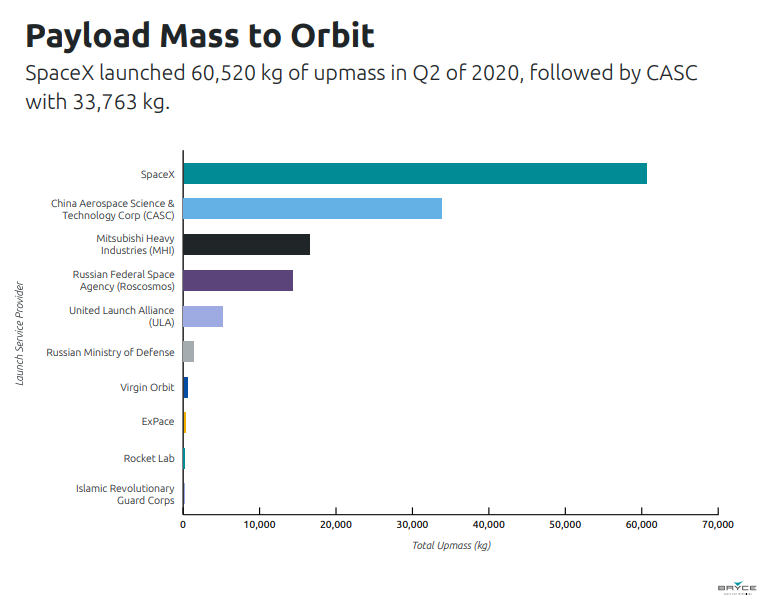What are your thoughts about applying neural networks to the problem?
I'm definitely not the right person to provide a detailed analysis, but certainly that's a logical progression. There's a number of potentially limiting factors in the satellite network that realistically can only be optimized and re-optimized as the constellation evolves, and presumably many of those factors/variables are at best ill-defined right now, let alone not even known.
Many of those variables are pretty straightforward and really are just a matter of processing data. As a case study, consider long haul flights: As the data set grows, so will the ability to correlate Starlink system utilization to things like actual departure and actual flight times, flight plans and weather deviations, number of PAX, etc. That could very helpful for Starlink capacity planning, since the sats will largely use time over the oceans to cool off thermally and recharge batteries in support of the significantly higher load over populated regions. If weather is going to bump all the trans-Atlantic flights way north, for instance, that may be near the fringe of constellation coverage where a single sat is going to be loaded more than, say, a way-south flight path that might put all the flights (At least from the east coast) right in that low-50's sweet spot of max coverage.
What gets interesting is when you dig into the secondary and tertiary variables where some more neural tool could excel. In that same case study, how far in advance can things like airfield and flight path weather predictions estimate departure time? Maybe number of PAX/bookings can predict boarding delays? Maybe that heavy departing at the same time from the next gate only flies 3 times a week, and the resulting crowd in the terminal slows down boarding? Can a social media scrape identify a butterfly delay (Twitter A-hole: "WTF my plane is broken!!1!!1!") that will ripple around the world and could be far better at identifying delays than anything else?
Or maybe all of that is a human induced wild goose chase that would be discarded in milliseconds by Hal?
Anyway, you get the point. So, yeah, bring on the machine.




